Determining which monitor size is the best for gaming is complicated and involves factors like a monitor’s intended use, buyer preference, and whether it’s connected to a PC or console.
The intended use of a monitor is the main factor to consider. For console and single-player gamers, a monitor’s performance and features must handle the graphics requirements of modern games. Competitive players need the fastest monitors and often sacrifice resolution to get that speed. Gamers who commute need a monitor that’s portable enough to carry and preferably has a built-in battery.
Buyer preferences and budgets always play a large role in selecting a monitor. Of course, most gamers would love to get the highest resolution and fastest refresh rate, but budgets exist, and most players have to make some compromises.
Taking all these buying factors into account, we’ve compiled a full breakdown of the best gaming monitor sizes depending on their specific use case.
Best monitor size for multiplatform gaming
27-inch monitors

| Where To Buy | • View at Amazon • View at Walmart • View at Newegg |
Users looking for a balance of speed, size, and resolution can consider a 27-inch monitor. These monitors provide players with a wide selection of resolutions and refresh rates to appeal to PC and console users. Some examples are the 240Hz Alienware AW2721D with a WQHD resolution and the LG Ultragear 27GN950-B with 4K resolution and a 144Hz refresh rate. There’s also the TUF gaming VG27VH1B with 1080p resolution and a 165Hz refresh rate.
With so many available speeds and resolutions, 27-inch monitors are versatile and come in many price brackets. Top-of-the-range 27-inch 4K monitors like the LG Ultragear 27GN950-B cost around double the price of lower-resolution alternatives like the TUF gaming VG27VH1B.
Sometimes the price isn’t based on performance or size. Instead, it has more to do with the brand name and perceived quality. An example is the Alienware AW2721D having lower specs than the LG Ultragear 27GN950-B but hovering around the same price.
With so many models available, buyers have many options when choosing a 27-inch monitor. Players can go for a lower-spec 1080p monitor if they want a more affordable option with a faster refresh rate, or go all out and get a 4K version if they want the sharpest graphics for console gaming and don’t plan on competitive gaming. Those seeking a balance of performance and price may consider a WQHD option with a 240Hz refresh rate.
The versatility of 27-inch monitors makes them ideal for a multitude of games. This monitor size works well for console gaming and sits on the cusp of being viable for esports, but some players might find these monitors a little too large.
Best monitor size for esports
24-inch monitors
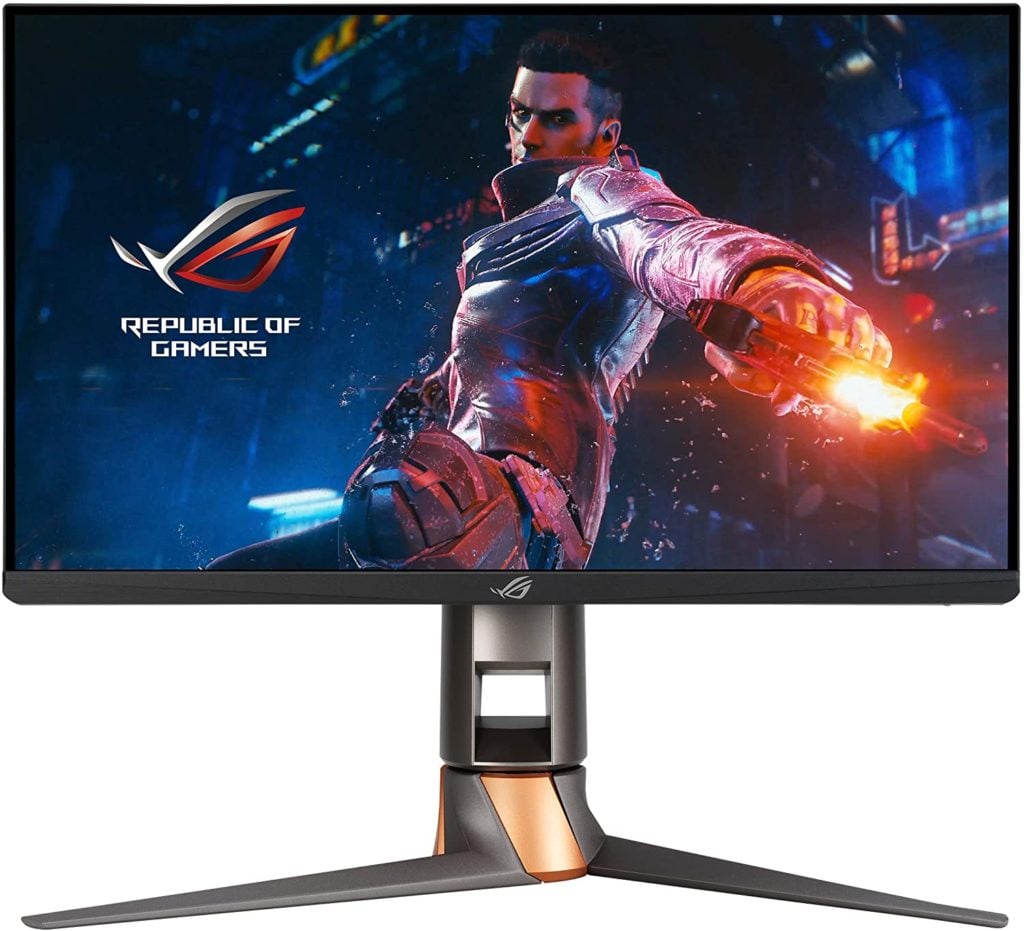
| Where To Buy | • View at Amazon • View at Walmart • View at Newegg |
Competitive players need the fastest monitors possible because matches are won or lost in milliseconds. Many pros use 24-inch monitors to get the fastest speeds possible, even if they have to sacrifice resolution. It all comes down to the refresh rate, which partially determines how many frames per second (fps) the monitor can display. When more frames are displayed, the images are more accurate and fluid.
The main reasons 24-inch monitors have the fastest refresh rates are their small screen size and lower resolution. Higher resolutions mean more pixels on the screen, so the refresh rates tend to be slower. Most 24-inch monitors stick to 1080p resolution, so the picture quality isn’t the sharpest, but the refresh rate is high.
Three of the fastest monitors in the world are 24-inches in size. Alienware’s AW2521H, Acer’s X25, and Asus’ ROG Swift PG259QNR currently share the title of the world’s fastest monitor and have a 360Hz refresh rate with 1080p resolution. Even lower-tier 24-inch monitors, like the 280Hz Asus TUF Gaming VG259QM or the 240Hz BenQ Zowie XL2540, have fast speeds and are suitable for competitive gaming.
Apart from the speed factor, pros prefer 24-inch monitors because everything onscreen is within view. Larger screens require players to move their heads to take in all the action, wasting precious time. When everything is happening within a player’s field of view, they receive information more reliably, leading to faster reaction times.
While 24-inch monitors are excellent for esports, they aren’t the best for console gamers or single-player games. One of the disadvantages of the small screen size is that players have to sit relatively close. It isn’t ideal for console players who prefer sitting on a couch or leaning back. Since the resolution of 24-inch monitors is relatively low, the image isn’t as sharp as WQHD or 4K monitors. The lower resolution reduces player immersion because the graphics aren’t at their best and have lower detail.
Best monitor size for console gaming
32-inch monitors
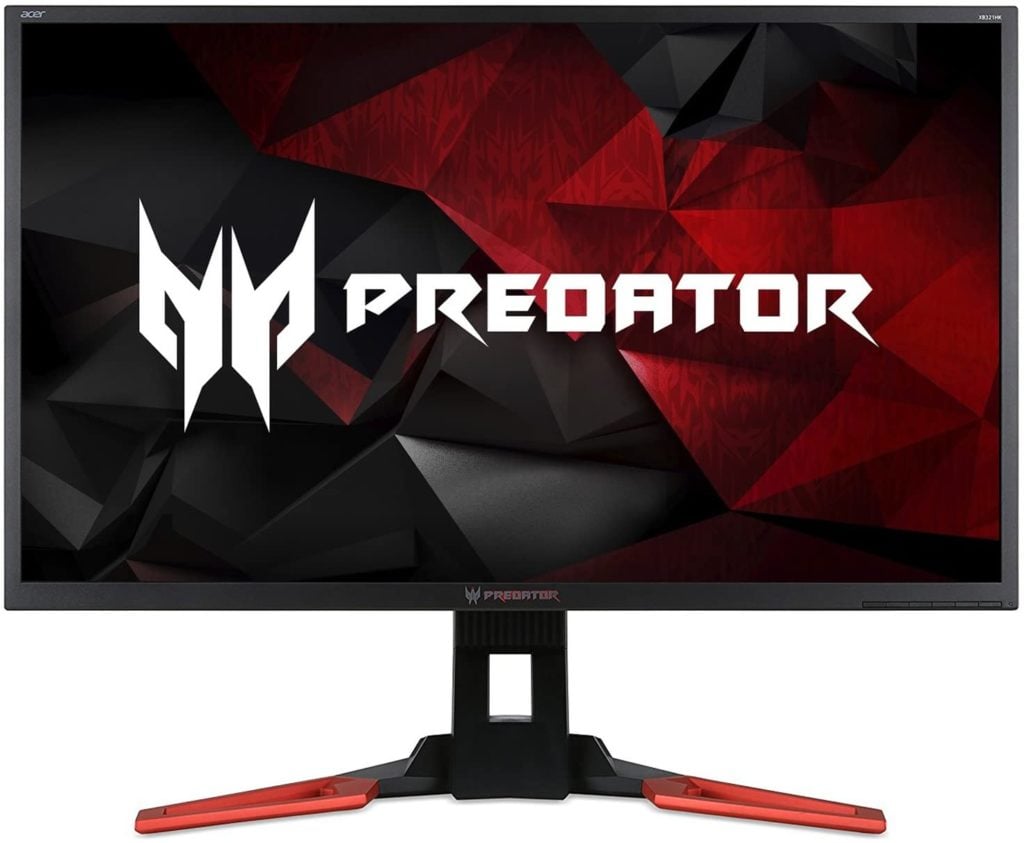
| Where To Buy | • View at Amazon • View at Walmart • View at Newegg |
While 32-inch monitors also come in a wide range of resolutions, they work better for certain games than others. The larger display allows the user to experience more detailed graphics, especially in higher resolution models.
32-inch monitors are better for console players. The larger size allows console players to sit further back and enjoy crisp graphics. PC gamers can also enjoy 32-inch monitors, but they aren’t the best for competitive gaming. Competitive gamers prefer smaller monitors because all the action is within view, so their reaction times are quicker. The larger size of 32-inch monitors also means they don’t have the fastest response times like 24 and 27-inch alternatives.
Like 27-inch monitors, the resolution of 32-inch models varies drastically. Some models, like MSI’s MAG322CR, start at 1080p with a 180Hz refresh rate, while others, like the Dell Ultrasharp UP3218K, go up to 8K but have a lower 60Hz refresh rate. Some of the best 32-inch monitors for gaming sit between these two extremes. These mid-range monitors include the curved Samsung Odyssey G7 with WQHD resolution and a 240Hz refresh rate and the LG 32UN880-B with 4K resolution and a 60Hz refresh rate.
Since 32-inch monitors are available in a wide range of specifications, there are massive price differences between each model. At the bottom end, MSI’s MAG322CR costs a few hundred dollars. At the top end, Dell’s UP3218K costs a few thousand dollars. The substantial price and spec differences give buyers many options to choose from depending on what they require.
Overall, 32-inch monitors aren’t ideal for competitive gaming, but the large screen size makes them great for console gaming or non-competitive games.
Best monitor size for immersive gaming
34-inch widescreen monitors

| Where To Buy | • View at Amazon • View at Walmart • View at Newegg |
Ultrawide monitors come in many sizes, but one of the most popular choices for gaming are 34-inch widescreen models. Most 34-inch monitors have a 21:9 aspect ratio and a curved screen. The extra space on the screen is excellent for gaming, and it’s also great for productivity because users can have multiple windows open simultaneously.
Unlike the alternatives on this list, most 34-inch ultrawide monitors have a similar resolution, and it’s the refresh rates that differ. The most common resolution is 3440×1440, also known as UWQHD. This resolution offers four times the number of pixels than a regular HD monitor at around five million pixels. But UWQHD doesn’t qualify as 4K, which requires approximately eight thousand pixels. Some 34-inch gaming monitors with UQWHD resolution include the 160Hz LG 34GN850-B, the 144Hz Acer XVO, and the 100Hz MSI Optix MAG342CQRV.
34-inch monitors offer an immersive experience for some games, but they aren’t ideal for others. Due to the massive screen size, 34-inch monitors don’t have the fastest refresh rates, which is a disadvantage for competitive gaming where speed is everything. Another disadvantage is some games don’t support 21:9 aspect ratios, and other games disable the ratio entirely since it may provide an unfair advantage. For supported games, 34-inch monitors offer a brilliant experience because of how much detail is on screen. The wraparound effect of a curved monitor sucks the player into the screen and provides a more immersive experience.
Like all the monitors on this list, there are some drawbacks to 34-inch monitors. One of the most significant disadvantages of 34-inch monitors is they need a pretty powerful graphics card to handle the massive screen. 34-inch widescreen monitors also don’t offer the best price-to-performance ratio compared to the other monitor sizes listed here.
Best monitor size for mobile gaming
15.6 inch monitors
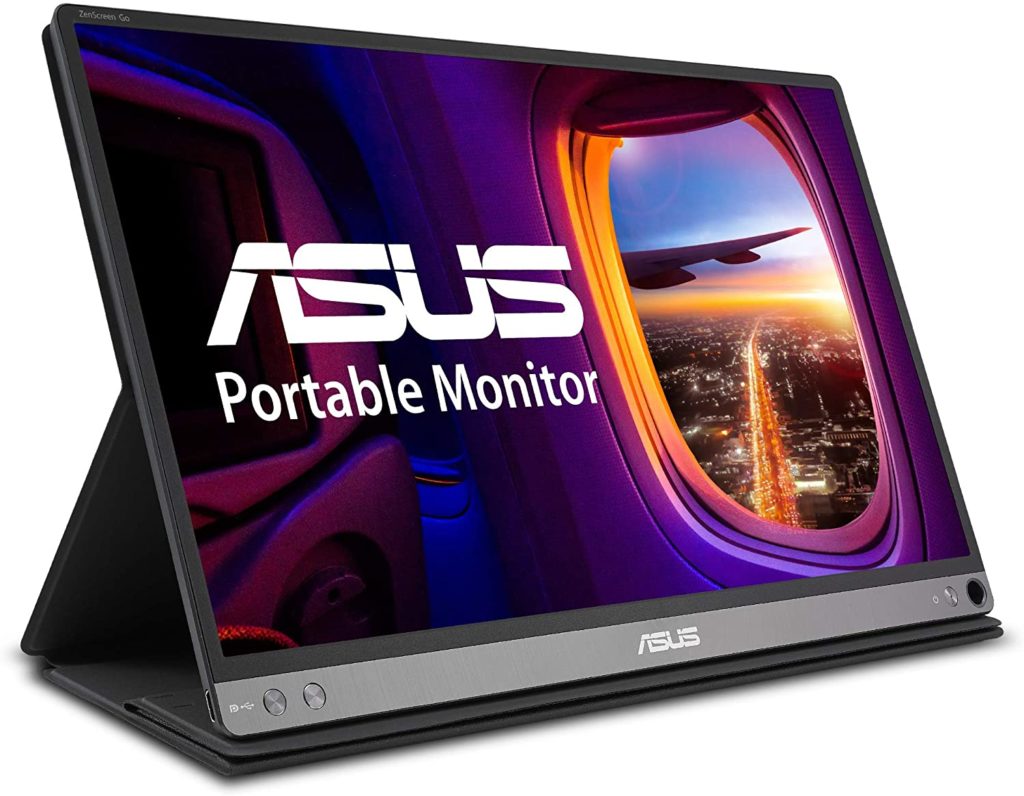
| Where To Buy | • View at Amazon • View at Walmart • View at Newegg |
Players who game on the go often use portable monitors. This size is much smaller than regular monitors and often has lower performance. Portable monitors make up for their weaker performance by being light and easy to carry.
Portable monitors come in a couple of sizes, but 15.6 inches is the sweet spot of not being too big or too small while maintaining a great price. Other options like the 17.3-inch Asus ROG Strix XG17AHPE have a larger screen size and faster refresh rate but cost the same as a full-size monitor and are bulky to carry. On the other end of the scale, the Lenovo ThinkVision M14 is reasonably priced and easy to carry, but the Lenovo’s 14-inch display is too small for gaming. Most 15.4-inch monitors sit in the middle of these two examples and take on the best characteristics of each.
Compared to other portable monitor sizes, 15.6-inch monitors generally have similar resolutions and refresh rates. Most 15.6-inch monitors, like the Asus ZenScreen MB16AMT, AOC 16T2, and ViewSonic VG1655, have 1080p resolution and a 60Hz refresh rate. However, there are some exceptions to the rule, like the 165Hz G-Story portable monitor.
Most users look for additional features like protective cases and built-in batteries when choosing a portable monitor. Many portable monitors, including those mentioned in the previous paragraph, come with a protective cover that doubles as a stand. Some monitors like the Asus ZenScreen MB16AMT and the AOC 16T2 have built-in batteries, so users don’t have to charge them while they play. Other common features of 15.6-inch portable monitors are built-in speakers and touchscreens.
Portable monitors have limited capabilities and can’t take the place of a regular monitor. However, they still excel at allowing users to play while they are on the road or on a flight.
Key Takeaways
The best gaming monitor size depends on the planned use of the monitor. 27-inch monitors have high resolutions and fast refresh rates, making them versatile enough for PC and console gaming. While 27-inch monitors aren’t the best for esports because of their size, they can still work in a pinch.
Users looking for the fastest speeds for competitive gaming may benefit from a 24-inch monitor. These monitors don’t have the highest resolutions, but their small screen size gives them an edge and contributes to having the fastest refresh rates.
Console players may be better off with 32-inch monitors. Monitors of this size typically aren’t fast enough for competitive gaming, but they have a large screen size and high resolution. The screen size allows console players to sit further away, and the sharp picture quality shows off the game’s graphics.
While 34-inch widescreen monitors aren’t the most popular, they have their benefits. Wider screens offer some of the best immersion, and they have high resolutions. 34-inch monitors are too big and slow for competitive gaming, but they are ideal for single-player and console gaming.
Although 15.6-inch monitors aren’t the best for PC and console gaming, they work well for gamers on the move. Portable monitors are compact and lightweight, so they can be easily transported. Aside from their mobility, there’s little reason to invest in a portable monitor for gaming.


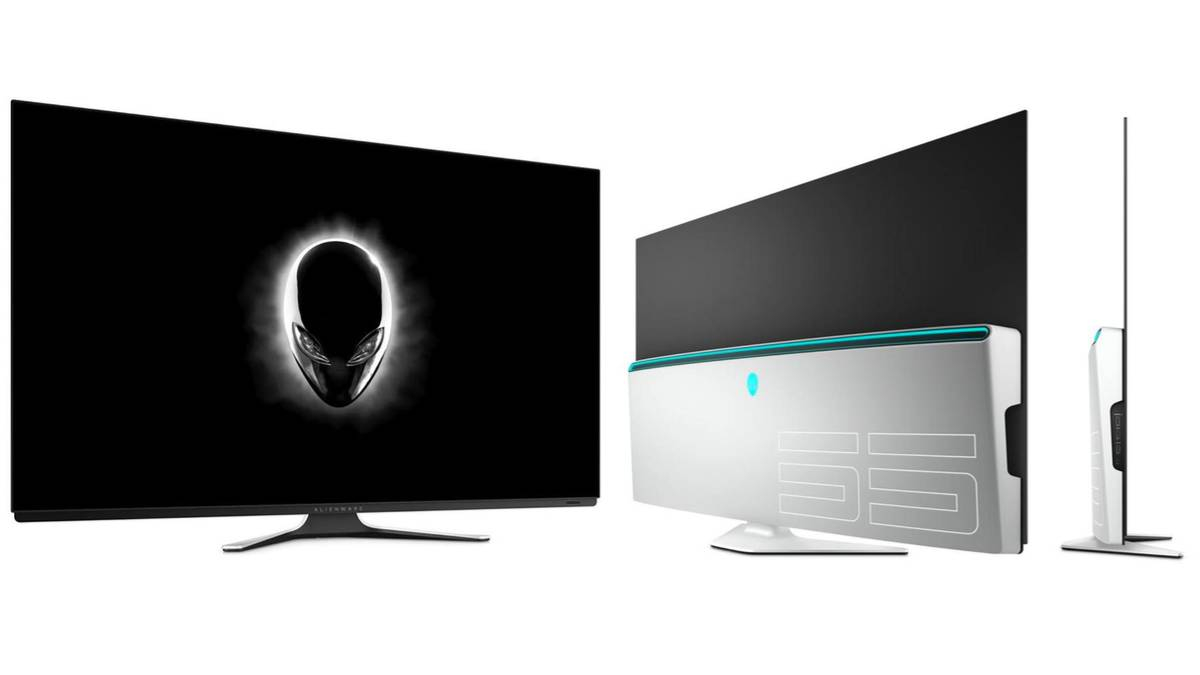
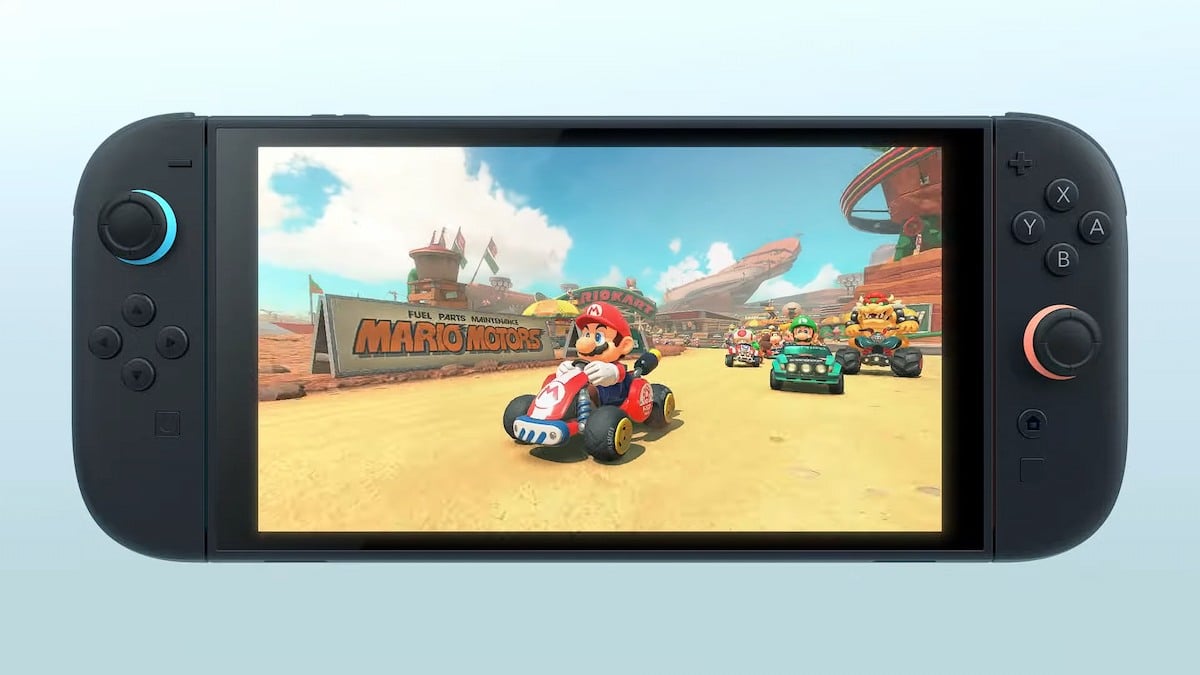
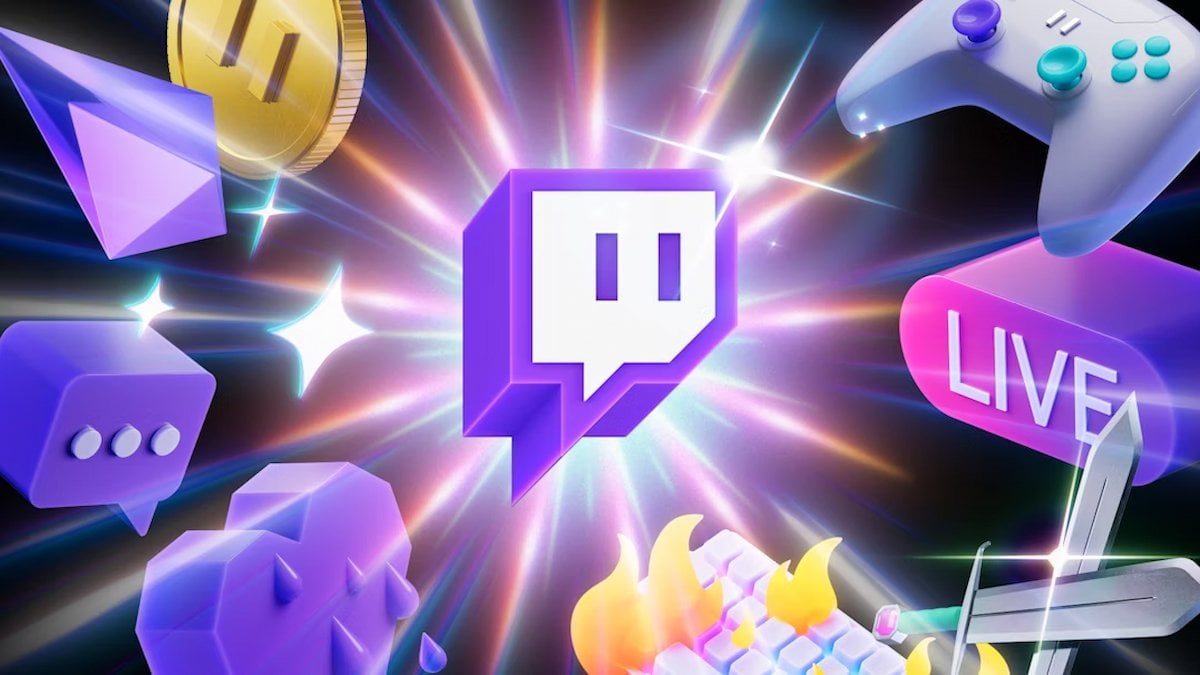
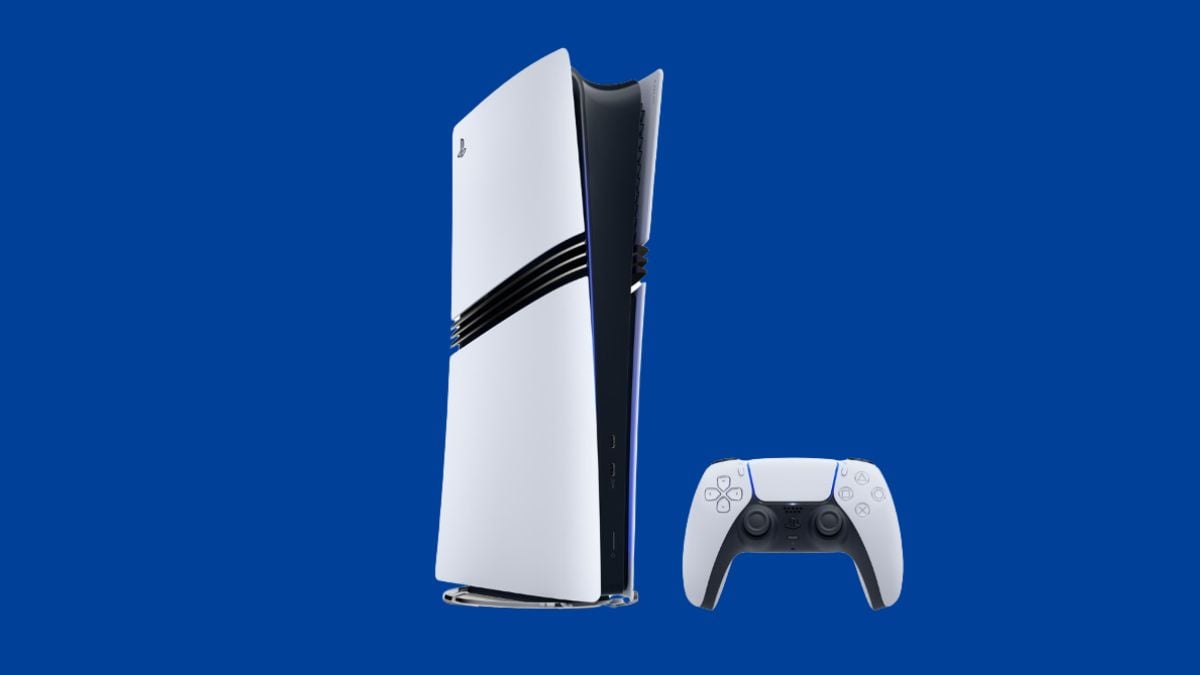
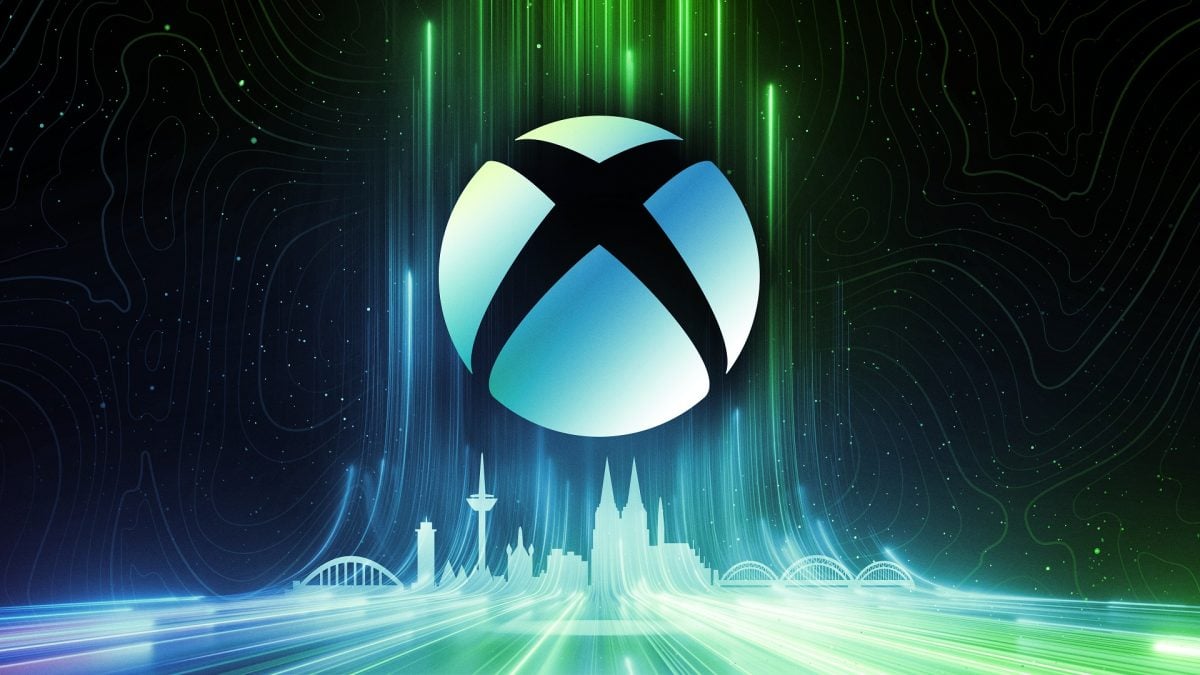

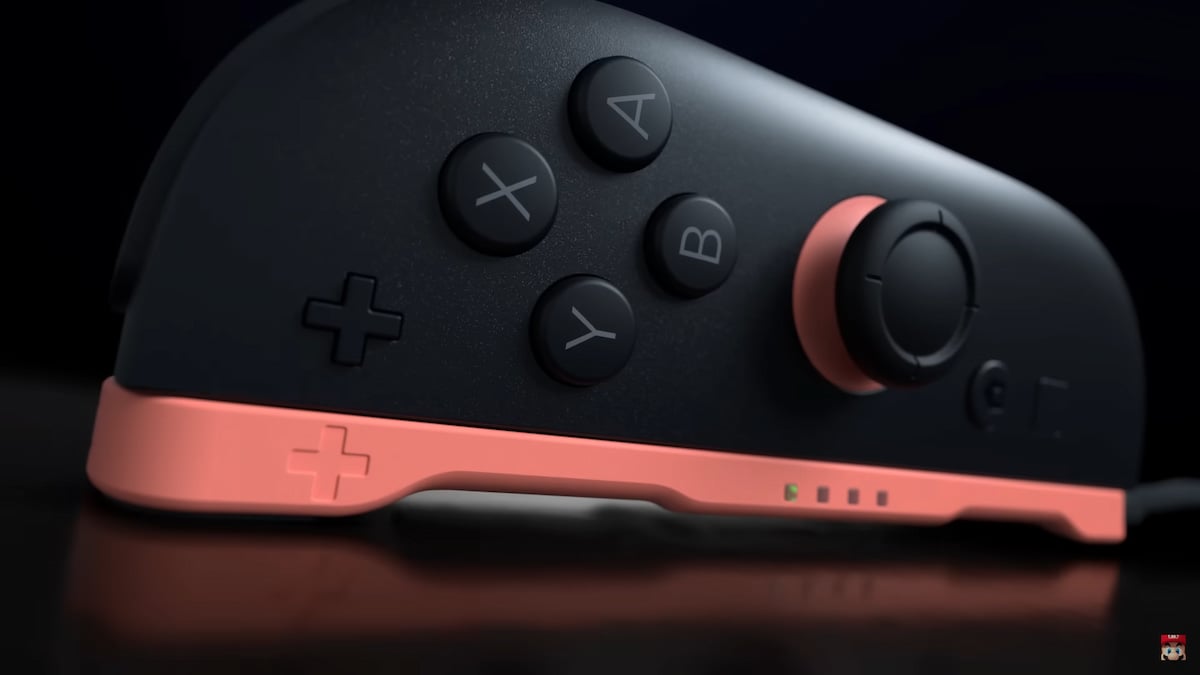
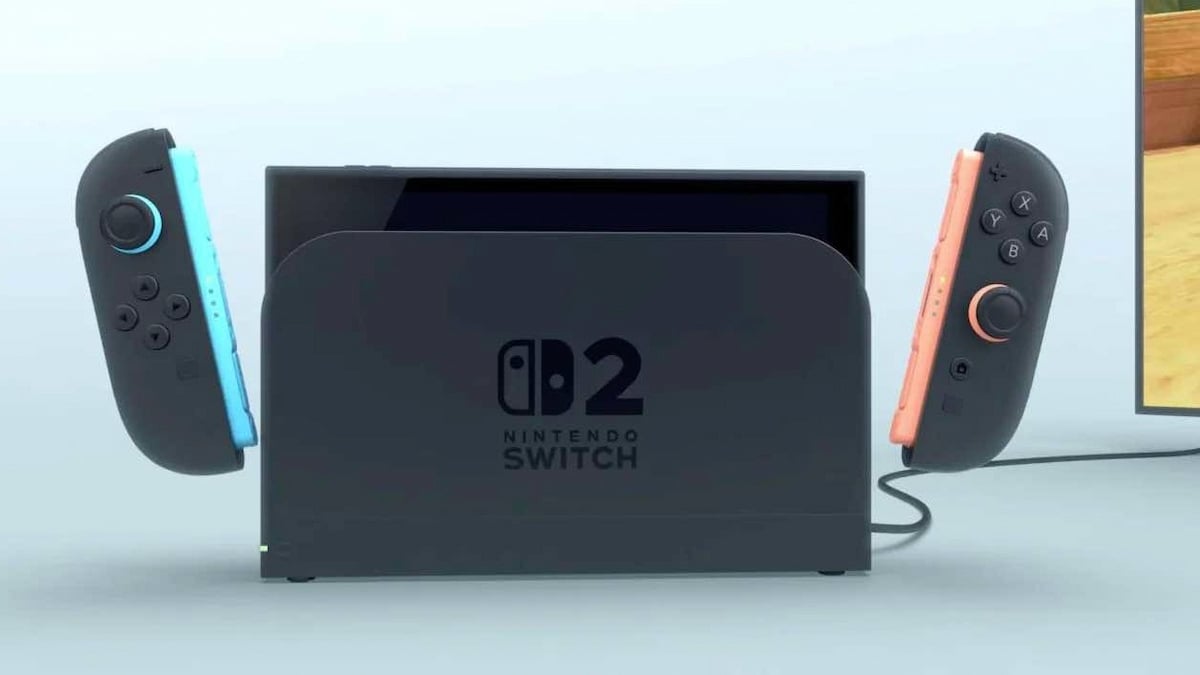
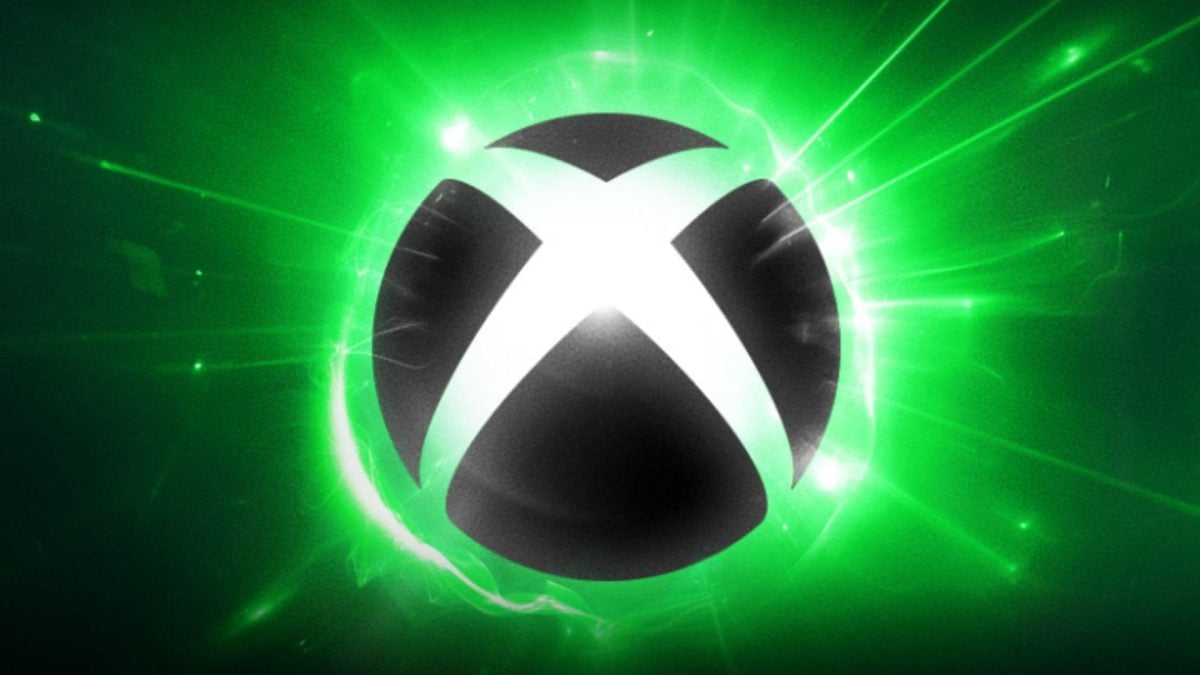
Published: Feb 2, 2024 06:14 pm